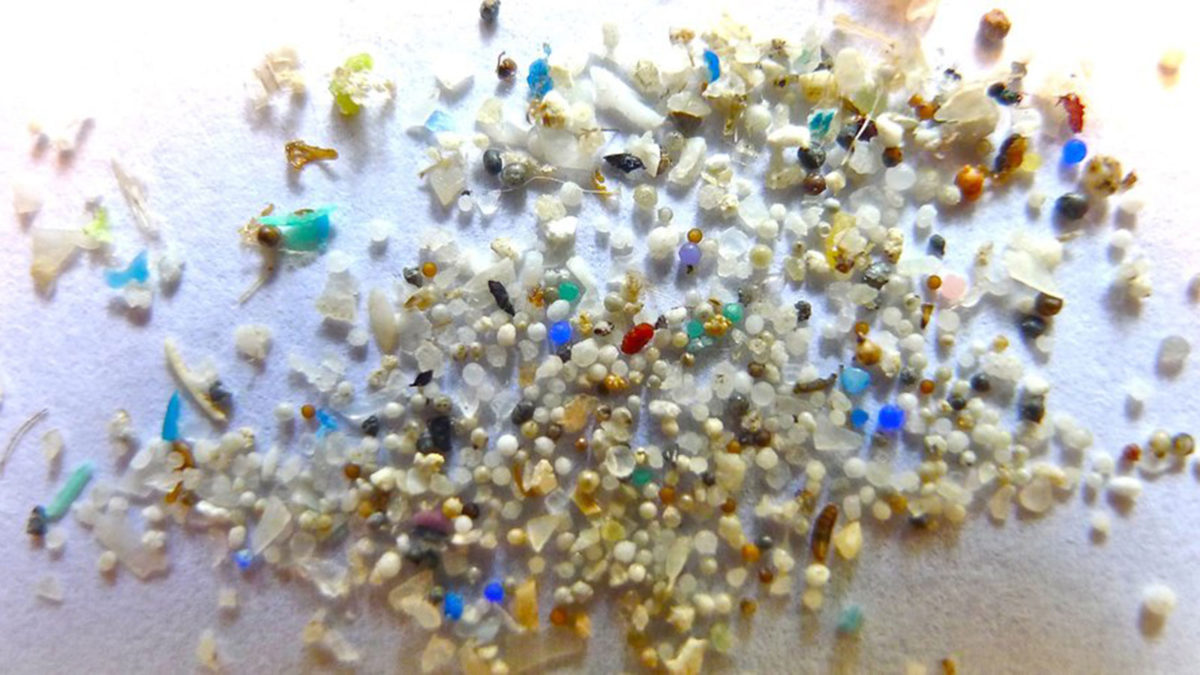The next three issues of Fun Facts will focus on GreenBlue’s mission alignment to Sustainable Materials Management, a robust lifecycle framework with three main focuses: 1) Use Wisely looks at material sourcing; 2) Eliminate Toxicity from products and packaging, and 3) and Recover More value from the waste stream.
Eric DesRoberts continues his series of facts and tidbits he’s uncovered during his research to better understand materials used in products and packaging. You can check out his past Fun Facts here.
Use Wisely: Material sourcing and using less material inputs.
Use Wisely is shorthand to explain that at each step of the production life cycle, we must seek to conserve material resources and to keep the embedded energy investment in circulation. The concept of dematerialization means combining various conservation strategies such as reducing the amount of materials needed to provide the function required, extending the service life of products, and eliminating the concept of waste by ensuring that there are robust markets to reutilize post-industrial and post-consumer materials.
- Material input can be defined as the total quantity of material “stuff” moved from nature to create a product or service. Many common materials in today’s society have incredible amounts of inputs from nature, not to mention energy, water, fuel and other demands. Here is how much raw stuff it takes to make these common materials:
MATERIAL kg of stuff / kg of material Virgin Aluminum 85 Recycled Aluminum 3.5 Copper Virgin 500 Copper recycled 10 Cotton 22 Glass 2 Gold 540,000 Plywood 2 Diamonds 5,300,000 EPS-foam 11 Polyethylene 5.4 Paper 15 - Research found an average of 17,000 bits of tiny plastic particles per square kilometer in Lake Michigan. One of the primary sources is believed to be microbeads used in personal care items such as exfoliants. It’s been shown that fish mistake the microbeads for food, demonstrating that these microbeads are polluting the water ecosystem and disrupting the food chain.

- Of the 751 million acres of forestland in the US, 56% is privately owned. Nearly ⅔ of this land is owned by families and individuals. When considering fiber sourcing or land development, the family forest owners are key players in forest sustainability.
- In 2012, there were roughly 6.3 billion mobile phones in use worldwide. For every 41,600 phones recycled, 1 kg of gold is obtained and kept out of landfill. In the US, only 11-14% of all e-waste is recycled, which if applied to the global setting would mean that 5.4 billion phones are not being recycled, and roughly 131,374 kg of gold ($5.3 billion assuming $1,263 per ounce) is not being collected.

- Magnets are the single largest application of rare earths, taking up 21% of the total rare earth production by volume and generating 37% of the total value of the rare earth market. Rare earth metals are used in electronics making e-waste recycling an imperative.


